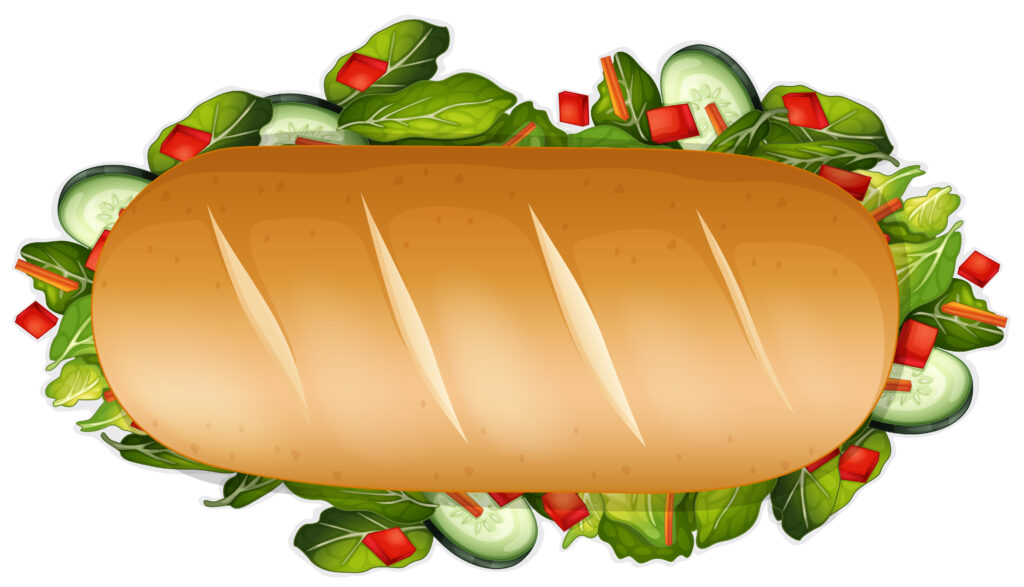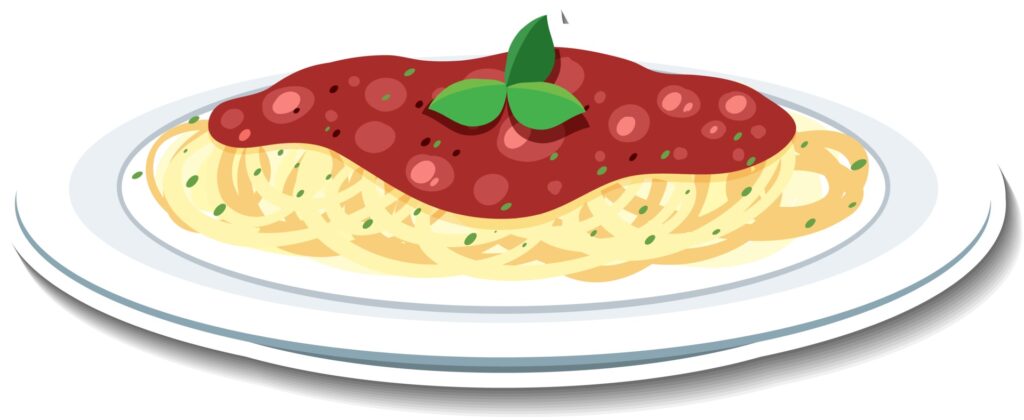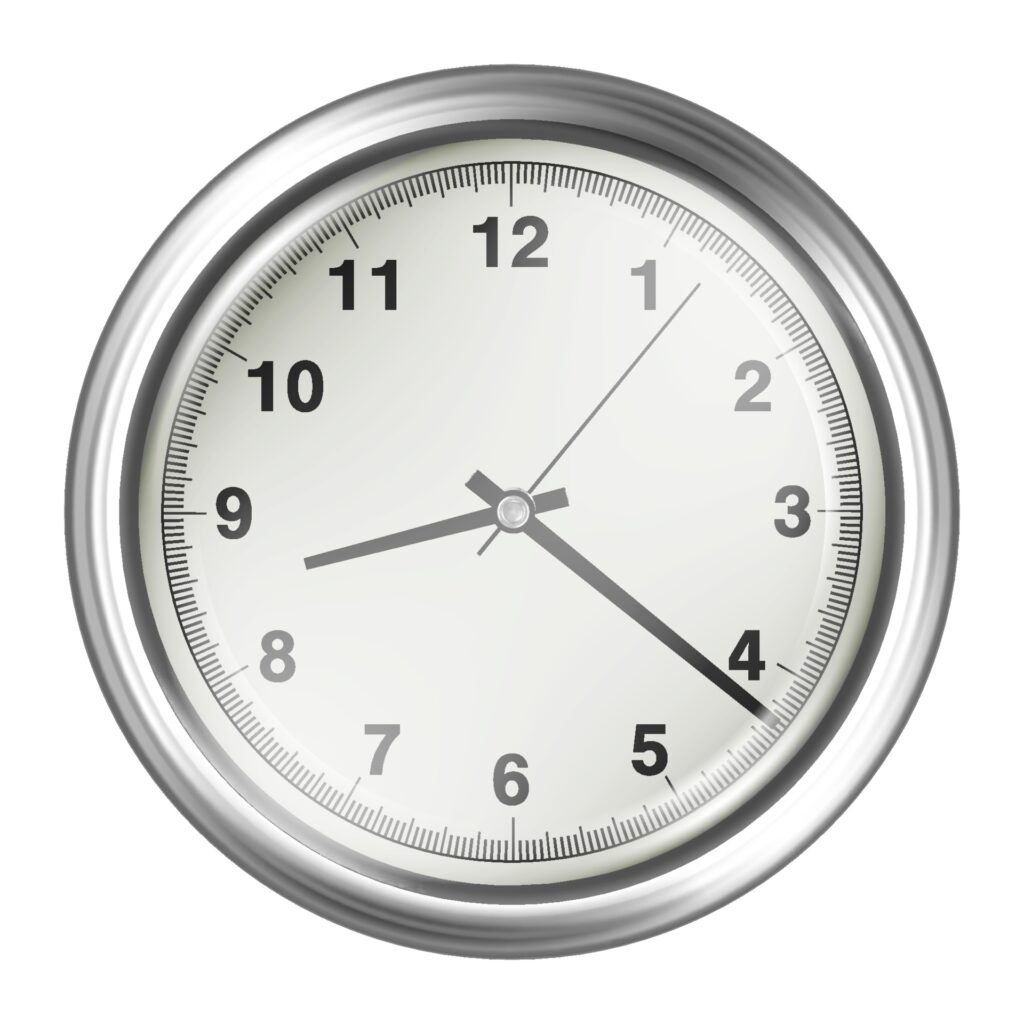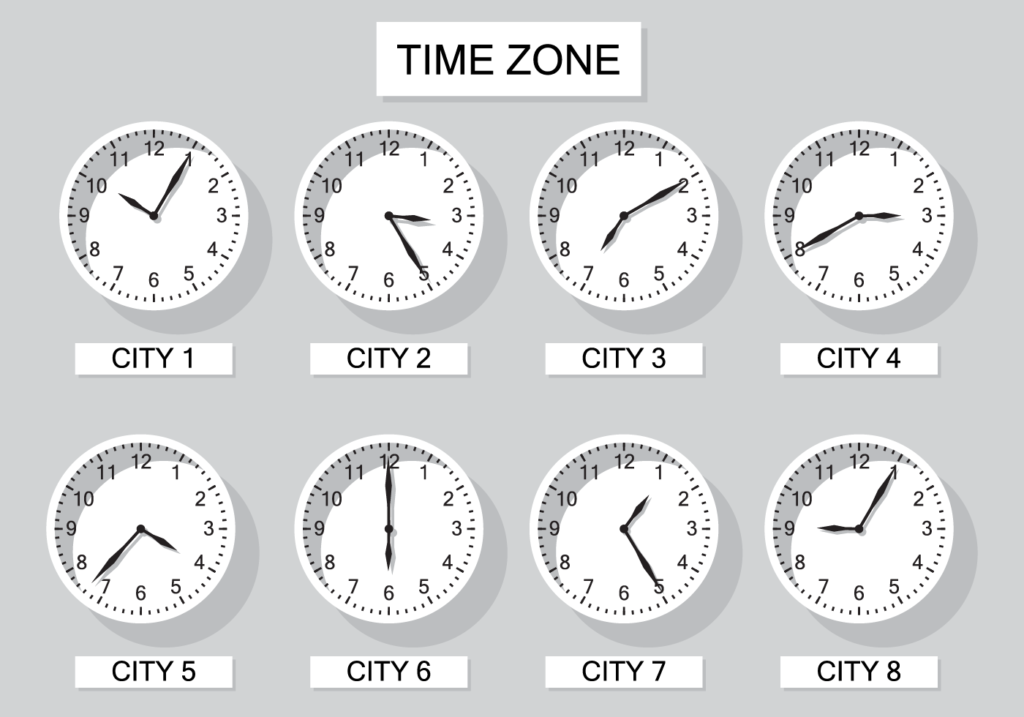In questa lezione imparerai / In this lesson you will learn:
- Come ordinare al ristorante o al bar / How to order at the restaurant or at the cafè
- Espressioni con i verbi “essere” e “avere” / Expressions with the verbs “to be” and “to have”
- Aggettivi / adjectives
- La forma di cortesia “Lei” / Use of “Lei” in formal situations
- Come dire l’ora / How to tell the time

È l’una e Silvana è a pranzo in un ristorante che si chiama “Bella Italia”. Silvana ha molta fame, ma ha fretta perché ha un appuntamento di lavoro alle due. Silvana chiede al cameriere se può mangiare una pizza velocemente.
– “Posso avere una pizza, per favore?
Il cameriere risponde: “Certo! Quale pizza preferisce?”
-“Vorrei una pizza Margherita con molto pomodoro e molto formaggio. Ho un po’ fretta però!
-“La pizza è pronta in 5 minuti. Il servizio oggi è veloce, non ci sono molti clienti. Da bere cosa prende?”
– “Una bottiglia d’acqua, per favore”
-“Gassata o naturale?”
-“Naturale, grazie”
-“Va bene, arrivo subito”.
Vero o falso? / True or False?
Silvana is having dinner at an Italian restaurant V F
Silvana has a meeting at 2 V F
Silvana wants to eat fish V F
The waiter says they don’t make pizza V F
Silvana wants a pizza with cheese V F
Silvana orders a beer V F
Silvana wants water with ice V F
Silvana is in a rush V F
The waiter says that the restaurant is full V F

Come ordinare al ristorante o al bar / How to order at the restaurant or at the cafè in Italian
Posso avere …., per favore? / Can I have…., please?
Vorrei…., per favore / I’d like…., please
Abbina le immagini alle frasi / Match the images to the sentences
1

2

3

4

5

6

7

a) Vorrei un caffè, per favore
b) Posso avere un bicchiere di vino, per favore?
c) Vorrei un gelato al cioccolato, per favore
d) Posso avere una birra, per favore?
e) Posso avere una bottiglia d’acqua minerale?
f) Vorrei un piatto di spaghetti al pomodoro, per favore
g) Posso avere un panino, per favore?
Verbo “essere” / Verb “to be”
Io sono / I am
Tu sei / You are
Lui, lei è / He, she is
Noi siamo / We are
Voi siete / You are
Loro sono / They are
Verbo “essere” + aggettivo / Verb “to be” + adjective
- Io sono stanco/stanca
- Tu sei annoiato/annoiata
- Lei è in ritardo
- Noi siamo impegnati / impegnate
- Loro sono simpatici / simpatiche
L’aggettivo cambia in numero e genere / The adjective changes in gender and number
Io sono impegnato / tu sei impegnata / noi siamo impegnati / voi siete impegnate
Verbo “avere” / Verb “to have”
Io ho / I have
Tu hai / You have
Lui, lei ha / He, she has
Noi abbiamo / We have
Voi avete / You have
Loro hanno / They have
Verbo “avere” + nome / Verb “to have” + noun
- Io ho fame
- Tu hai freddo
- Lui ha sonno
- Noi abbiamo sete
- Voi avete fretta
- Lei ha paura
- Loro hanno ragione
- Io ho 30 anni
- Non abbiamo fortuna
Il nome non cambia in numero o genere
Cognates

How do you say “Appuntamento” in English?

La forma di cortesia “Lei” / Use of “Lei” in formal situations
Quando ci rivolgiamo ad una persona che non conosciamo, più grande di noi oppure in ambienti formali, in italiano si preferisce utilizzare il “Lei”(terza persona singolare del verbo) invece del più informale “tu” / When we speak to someone that we don’t know well, or someone older than us, or in formal situations, we address the person with “Lei” (third person singular of the verb) instead of “tu”

Conversazione formale:
– Piacere, mi chiamo Mario Rossi, e Lei?
– Piacere Signor Rossi, mi chiamo Andrea Verdi. Lei lavora in questo ufficio?

Conversazione informale:
-Hey, Maria! Lavori oggi pomeriggio?
– No, oggi pomeriggio sono libera. Possiamo uscire se vuoi!
Verbo “lavorare” al presente indicativo / Verb “to work” in the present form
Io lavoro / I work
Tu lavori / You work
Lui, lei lavora / He, she works
Noi lavoriamo / We work
Voi lavorate / You work
Loro lavorano / They work

Which group of verbs does the verb “lavorare” belong to?
Can you spot the courtesy form in the dialogue on top of the page?
FUN FACT

What are the colours of the Pizza Margherita? Red (the tomatoes), white (the mozzarella) and green (the basil)! These are the colours of the Italian flag! Legend says that the Pizza Margherita was created in Naples in 1889 by a famous pizza maker, Raffaele Esposito, in honor of Queen Margherita of Savoy visiting Naples with her husband, King Umberto I.

Come dire l’ora / How to tell the time
Che ore sono? Che ora è? / What time is it?
Sone le… / It’s …

- Che ore sono? Sono le tre / What time is it? It’s 3 o’clock

- Che ora è? Sono le cinque / What time is it? It’s 5 o’clock

- Che ore sono? Sono le otto e ventuno / What time is it? It’s 21 minutes past 8
Ma…/ But…
- Che ore sono? E’ l’una / What time is it? It’s 1 o’ clock
- Che ora è? E’ mezzanotte / What time is it? It’s midnight
- Che ore sono? E’ mezzogiorno / What time is it? It’s midday

Can you tell the different times in Italian?

For more information about the lesson, answers to the excercises and to book a private lesson contact me at: info@italianwithsilvana.com